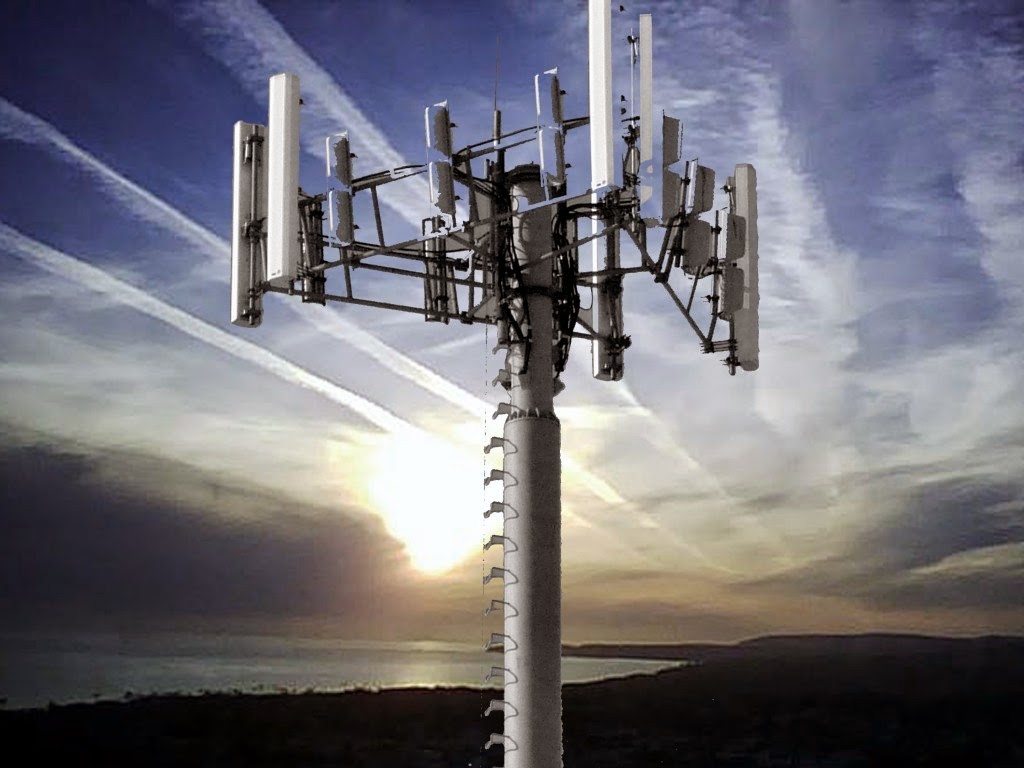If you've ever walked through a city and spotted tiny mini 5G cell towers on street light poles. They look like small boxes however they're actually sending wireless signals from mobile providers to your mobile.
These smaller towers are replacing larger specially-designed cell towers. While they're not as noticeable however, they could cause issues for users.
It is the of the FCC's Radiation Exposure Thresholds
The FCC's Radiation Exposure Thresholds establish the safe distance that one can expose to electromagnetic energy from wireless devices. The exposure limits are based upon scientific research that show that RF energy could be harmful to health.

The rate of absorption called the specific absorption rate (SAR) is a measure of the amount of radiofrequency energy that is taken up by tissues. It's typically 1.6 Watts per kilogram averaged over one Gram of tissue.
But, since 5g operates at higher frequencies this could be able to cause greater energy intensity on the skin as well as other body parts. This could result in various possible harms, like the development of skin diseases such as dermatitis and skin cancer and cataracts.
Because of the potentially severe effects of 5g radiation, PSU has chosen to create a general maximum power density of four mW/cm2 measured on 1cm2, and not to exceed 30 minutes for all 5G services running at 3000 GHz. This localized limit is consistent with the peak SAR that is spatially averaged at 1.6 W/kg, which is averaged over 1 g of tissue at 6 GHz.
The FCC's Maximum Exposure Thresholds for Maximum Exposure
If you've ever used a cell phone, you're probably aware that a safe location from the tower should be at least 400 meters away. This is due to the power of transmission from cell towers increases drastically the further away your location from the tower.
While safe distance from cell tower sounds like an ideal idea however, people living in close proximity to towers could be more susceptible to health issues. For example, a study from 2014 in India discovered that people who lived within 50m of cell towers had significantly more health complaints than those who lived farther far from antennas.
However, this study also showed that residents who moved into areas farther away from the cell towers saw their symptoms improve within a few days. Other studies have demonstrated that exposure to extreme frequencies of radiofrequency electromagnetic fields (EMFs) can cause brain tumors, cancer, and other health problems.
This is due to the fact that RF radiation, used for wireless communication, has the ability to penetrate the body's outer layer of skin. It is crucial to know since the skin serves as a shield against mechanical injury, infection caused by pathogenic microorganisms and infiltration of toxic substances. It is also the biggest organ of the human body. It is responsible for protecting other organs.
The FCC's Minimum Exposure Thresholds for the Minimum Exposure
The FCC's Minimum Exposition Thresholds depend on a variety of assumptions that are not supported by evidence from science. what is a safe distance from a 5g cell tower include the false belief that exposures to RF radiation are safe because of the minimal radiation penetration in the human body (i.e. thermal heating of tissue).
The assumption is also ignoring the more extensive penetration of ELF parts of modulated RF signals and the effect of brief bursts of heat from pulsed RF waves. https://rentry.co/pg7b7 are not in line with current understanding of the biological consequences of RF radiation. Therefore they shouldn't be considered for health protection exposure guidelines.
Furthermore to that, ICNIRP and FCC are limiting their limit of exposure to the local SARs that are based on the peak spatial specific absorption rate (psSAR) which is an inadequate dosimetric tool to determine the degree of radiation exposure. In particular it is inconclusive when frequencies exceed 6 GHz. In addition, psSAR is not been tested for RF radiation with co-exposure to other environmental agents such as sunlight. In the event of interactions, RF radiation with other environmental agents could cause synergistic or antagonistic impacts. This would result in the risk of having adverse health adverse effects. For instance, exposure to RF radiation and sunlight could increase the risk of skin cancer, and may also exacerbate other skin conditions like acne.
